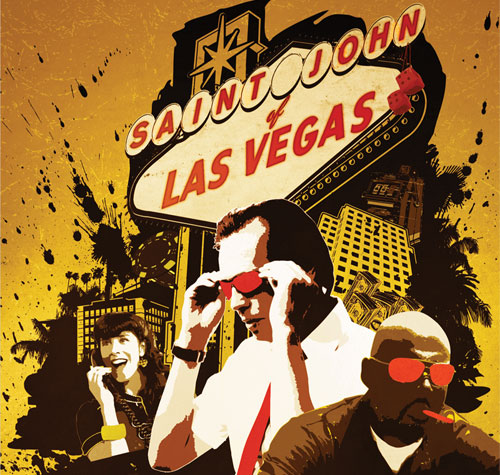 Photos Courtesy of Hue Rhodes & Frank Publicity
Photos Courtesy of Hue Rhodes & Frank Publicity
I met Hue Rhodes, director of Saint John of Las Vegas, in the lobby of NYC’s Ace Hotel. Previously Rhodes had confessed to living in coffee shops throughout the city as a means of getting work done, and the Ace boasts a similarly relaxed environment for doing just that. When I approached, he was already set up with his laptop, iPhone and cup of joe, prepared to conduct business. Within moments of our introduction, he’d brought up his daughter and flashed me a photo. See, that’s the thing about Hue Rhodes: he is extremely down to earth and real, so real, in fact, that The Retrospective was able to contact him for our NYC rendezvous through Twitter. Read on as Rhodes waxes prophetic about social media’s effect on the movie biz, tells all about his film school experience, tips his hat to Dante and divulges his plans for 2010.
We got in contact via Twitter, so my first question for you is how do you see social media affecting the independent and major movie business?
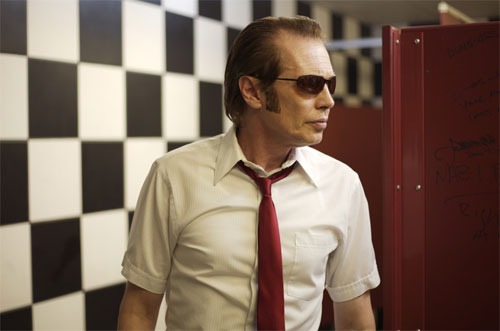 Photos Courtesy of Hue Rhodes & Frank Publicity
Photos Courtesy of Hue Rhodes & Frank Publicity
Gitamba (The Retrospective’s founder) saw the movie trailer on Apple or iTunes and posted about it. And he didn’t just write something about it, he said something rather artful. I have Tweet Deck set up and it came up, so I responded to him with a thank you, to which he responded with a Quero for an interview. I hadn’t heard of The Retrospective at the time, but I’ve gone to the site since then. It sounded like the kind of thing I want to be involved in, but I had no idea of the scope. I thought I would be talking to him, but he said we have writers in New York. I thought, that’s great, because real-life connections are always better.
For social media, I think most of the discussion and its effect on indie film, etcetera, is kind of putting the cart before the horse. Social media for me reflects a new kind of need: it’s not a channel to reach people – it’s a reflection of the desire to express and contribute. All these things: Twitter, facebook…they are about people expressing themselves and having a jam with a media source. It’s not that people begrudge CNN being the news, they just have something to say, too.
So whats going to happen to social media? First of all, I think there’s a wonderful disintermediation where you and I are talking, I’m talking to Gitamba, and I’m talking hopefully to people seeing the movie. And I hope it doesn’t stop just because the movie is coming out. If you see it and you have something to say, I hope you say it. I have this sort of playful fantasy that I will be on Twitter and somebody will be watching the movie and they will say, “Oh my god! I can’t believe there’s a stripper in a wheelchair.” And I’ll tweet right back, “Keep watching the movie!” I think that’s great. And I think the future is really wide open as people want to make it. For example, I’m writing a new script right now. I don’t see why I wouldn’t put pages of it up, or put up ideas for locations on which people can comment. Why shouldn’t we talk about this? We should capitalize on this desire people have to contribute.
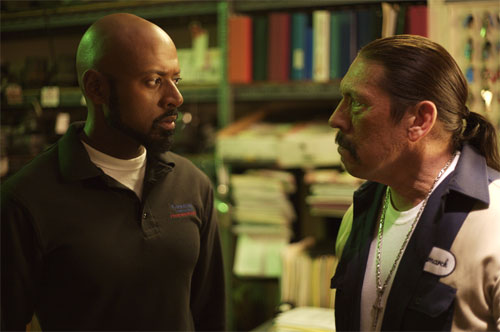 Photos Courtesy of Hue Rhodes & Frank Publicity
Photos Courtesy of Hue Rhodes & Frank Publicity
On your blog you mention you guys didn’t have a huge budget, so you looked at your options: film and new digital technologies such as the Canon 5D and the Red Camera. Where do you think films are heading, with such a wide array of inexpensive choices available?
Below a certain budget, I think it’s extraordinary what can be done. I myself have been trying to think of a particular project that could be done in a controlled environment where I could execute it all myself. The Red Camera is not cheap to rent. Those drives are not cheap, and video needs a lot of romance, digitally, to look beautiful. The thing about film is that it’s beautiful. Any amateur person can go point and shoot a scene. With digital, that’s not true, so you end up romancing it a lot. I think those Canon cameras are extremely exciting because of their size and portability, but they are buggy. It’s just not there yet. It would be a mistake to say it’s at a point where a person could take one of these cameras and outsmart the studios.
I believe that video has a different sensual feel, too. And to argue this with a person who watches movies is a little difficult because I feel like making movies versus watching movies is like eating versus cooking. You can eat your whole life and never know how to cook. And when you go to a restaurant you like, the person cooking is worried about the source of the spice or the vegetables, but you wouldn’t know the difference. That isn’t to say that there isn’t a difference, there is a difference sensually. I believe video has a different sensual feel and I think it should be used for its own feel. It should be looked at as a cheaper alternative, but it should also be considered sensually.
I think the red camera has a very particular look. Video in general has a very particular look. If you are shooting a low budget film with your friends, trying to launch an idea that lends itself to the strengths of video, you have to consider it. If you’re thinking “I’m going to outrun the devil, I’m going to use video in a situation where people normally use film and save so much money and get to market with something that looks just as good as film – Mwahaha!” Well, people are trying that and it’s not really working.
That being said, probably the most successful short video I shot in film school was on video. It wasn’t even sexy Red video. We just picked the right circumstances, right lighting, capitalized on low lighting. It’s on my website: Tower of Babel. I think it looks beautiful and I think it looks great for video. It was the right choice, artistically.
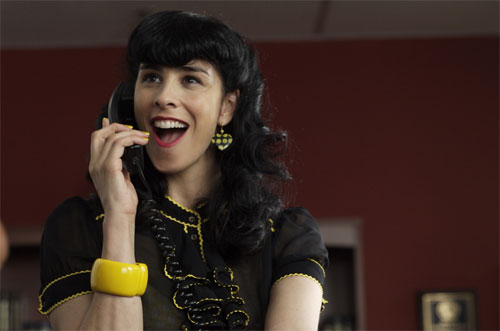 Photos Courtesy of Hue Rhodes & Frank Publicity
Photos Courtesy of Hue Rhodes & Frank Publicity
You mentioned being at school. How did school help you to get where you are now?
There are a ton of ways to skin a cat. I made the decision to go to school based on my circumstances. I didn’t have any art background at all, and I had never taken an art class. By the time I was 30 I had this desire to make movies, but I couldn’t tell you what any of those credits meant at the end. So trying to network and break into the film industry with no background, you look like the creepy old guy at the party. I knew I needed to learn and school is for learning the things you can’t teach yourself. I was having trouble teaching myself – I would watch movies and they wouldn’t open up to me. It was like eating versus cooking. I was eating, and I couldn’t imagine what had gone into this thing I was eating. Some schools emphasize the mechanics of production. Some are Hollywood focused. Some are more fine art focused. I picked NYU because it has this strong fine art focus. I could teach myself the business side, so the fine art portion was extremely valuable to me. It acted as this huge eraser of my past.
Separate and apart from that, it did exactly what I needed: It taught me to watch movies and figure out what it was I’m watching. I don’t have that many connections. There’s this expression “It’s not what you know. It’s who you know.” But I don’t believe that. I think it’s what you know. Especially with the incredible democratization of resources. Anybody can make a video. Anybody can put it up on YouTube. Artfulness distinguishes. The ability to make something that really pops. That’s what you know. Film school provided me with 5 years of thinking, focusing on nothing but movies. Pragmatically speaking I got to borrow money to do that through school loans. Socially: I’m married. I have parents. I have the normal pressures as everybody has. Getting into film school was like, “Okay. He’s doing something legitimate.” Even so, my father-in-law sat me down and said, “Okay, Hue. You should consider the chances that this won’t succeed. So you should consider what your back up plan is.” And I told him, “My back up plan is a double helping of plan A.” But it did provide this window where I could just go for it, bust my ass. I’ve never worked so hard in my life.
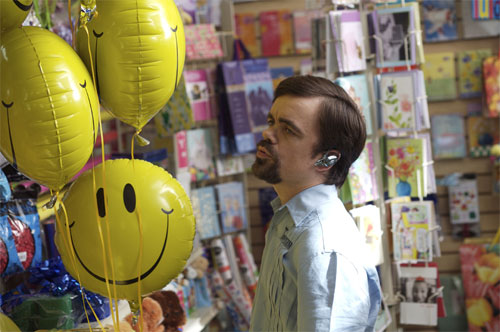 Photos Courtesy of Hue Rhodes & Frank Publicity
Photos Courtesy of Hue Rhodes & Frank Publicity
I understand that since I went to art school myself. We learned that Mondrian was an inspiration for the production design of the film. What were some other inspirations?
The photographer William Eggleston. Huge, HUGE influence. I didn’t know photography, but I looked through a large collection of survey books and saw these photos then thought, “This is genius. Who is this?” And it turned out to be the gift that keeps on giving. Eggleston has this great quote, “I’m at war with the mundane” and if you look at his photos it’s an exaltation of fabulousness of these mundane things. People with great hair. Fantastic colors. A great photo of a hoary, frosted freezer box with tater tots. But it’s this awesome picture! A lot of people that go and look at these photos of “Americana” are at best, cool and anthropological. At worst, they are slightly condescending. It’s so tempting to be condescending, especially from a metropolitan point of view and talking about the rest of the world. But Eggleston is not like that at all. He celebrates this fantasticalness and that’s absolutely the spirit of Saint John.
Speaking of inspiration, I understand that Dante’s Inferno was incorporated into this film a bit. Can you talk about that?
Sure. A friend of mine from school, Robert Hollander, who was also a mentor and a professor, was a Dante scholar. I talked to him about this when I was first thinking about it and he said, “Any time I’ve seen someone do a literal adaptation, it’s been miserable. Use it for inspiration. However it strikes you, do it that way.” And I had been thinking about auto insurance and that world. I worked for a year selling software to auto insurance companies, which is where I got this sort of feel. I met a lot of these people and I met the guy, Mr. Townsend, who has four Greek columns around his desk. I met that guy. Sarah Silverman plays a woman with happy face everything. Desk clutter, clothing – I met her too. People are crazy, you know? I had these people bubbling around in my head and reading Dante, I thought how does what I’m reading fit into this particular world? If it’s gluttony or avarice, if it’s sexual indiscretion…there’s this great scene in Dante, in the sixth level of hell in the city of Dis, where it’s on fire. And the punishment for these people is that they are naked and they have lit their own city on fire in defiance of God. And Virgil and Dante can’t pass so Virgil gets permission from God, yet the people won’t let them past. So Gabriel comes down and sort of just blows the doors open and lets them through. That somehow translated for me into militant nudists in the desert and this powerless park ranger – That’s hell! You are this park ranger in the middle of nowhere and these freaks are bugging the crap out of you, that’s great agony. So it was that kind of inspiration.
I hope you don’t need to know Dante to enjoy the movie – that wasn’t my intent. There are two main influences. The first is, in Dante’s Inferno, Virgil is damned to hell for the arbitrary sin of being born before Christ. All people born before Christ are guilty of original sin and therefore must be in hell. Thats arbitrary to Dante and that’s arbitrary to me. So I thought for myself, in the 21st century, what is the thing that as soon as you are born people will condemn you for, before you do anything? I’m African American – that’s race. So Virgil is black. Virgil is the one who can’t get to that position in the office with the four columns and he knows it. The second main influence, is in the actual inferno, Dante stops and lets sinners tell their story. For that time, that’s almost blasphemy. And similarly in this movie, it’s like a series of vignettes. In each case, John stops to talk to these people and he doesn’t judge them. He actually understands them and because of that, they help him advance the case. He is solving this case through empathy, which is something Virgil does not have. We have militant nudists, we have a stripper in a wheel chair, a guy in a flame suit, but in each case it’s not just them looking at a freaky person and moving on, John is empathizing with them. Thats a main influence of the movie, which I think thats it strong.
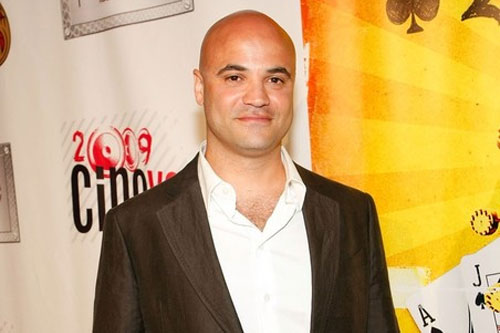 Photos Courtesy of Hue Rhodes & Frank Publicity
Photos Courtesy of Hue Rhodes & Frank Publicity
Unbeknowst to a lot of folks, you’re a first time director. How did you wrangle such an all-star cast out of the gates? What did you learn from the experience that you will take into your future movies?
I think this is probably true of any vocation, but the more professional you are, the easier you are to deal with. Directing Steve Buscemi is easy because he’s Steve Buscemi. He is a 30 year pro and he is so great. It’s the same with all the actors. They are all accomplished and great. With Romany, he is a comedian and if you love him in 40 Year Old Virgin, I believe a lot of that is improvised. He is so quick and that’s his strength. But this was kind of a wordy script and he said he is going to say these words. With Sarah Silverman, she has such a strong personality, but she was absolutely willing to say “I don’t need to do that here.” In each case, each person said let’s really try to do this. It made it very, very easy for me. I’ve heard many times with a first time director, they will luck out and get a rising star who is attractive enough to the financiers that they will invest, but they don’t have 30 years experience, is probably terrified and will just do the thing they did that got them the gig in the first place. They end out being very insecure and that’s a nightmare because then you are a first time and so are they. I benefited because I was the only first timer around the whole set. The whole crew, actors – everyone was experienced – and I was the new person. They were all very kind and generous to me.
What are you planning on tackling in 2010?
I’m definitely writing more. I’m halfway through a script that I’ve been thinking about for a while. You cue these up in stages, so I’m in a research phase for one project. I’m halfway through another script and I’ve been trying to think about some TV shows that I’d like to do, too. I think the odds of success are so slim that in a movie…from the numbers that get written to the numbers that get cast to the numbers that get shot to the numbers that get seen in theaters…You just have to keep several fires lit. I don’t know if I’ll be able to turn it around in 2010, but I’m in the process.
Give us a pitch for Saint John of Las Vegas.
I think that working in an office is a particular kind of hell and that most movies made about work are made by people that never really worked in an office before. So they don’t capture the true psychosis. Saint John is really a fanciful tall tale, but at its root it’s what it’s like to sit in a cubicle everyday, and I hope that resonates.
About the Film:
httpv://www.youtube.com/watch?v=sSctGRoGz6c
Saint John of Las Vegas is a dark comedy that takes you into the life of compulsive gambler, John (played by Steve Buscemi), who escapes Vegas and takes a job at an auto insurance company in Albuquerque. His boss, Mr Townsend (played by Peter Dinklage) requests John and fraud expert Virgil (Romany Malco) look into a car “accident” outside of Vegas. Although concerned about his gambling habits, John goes because of his desire to receive a promotion. What unfolds is definitely full of surprise.
Saint John opens in New York on Friday, January 29th, with national expansion to follow on February 12th.
Previous Post: Dream Big, Do Big: Jules Kim Is Poised to Take Over
Next Post: Help Invisible Children Help Haiti–Free!
Tags: FilmsNo Comments




 ShareThis
ShareThis

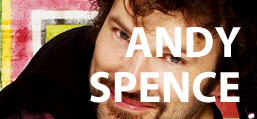
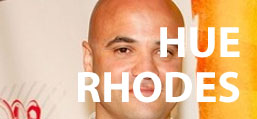
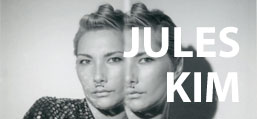
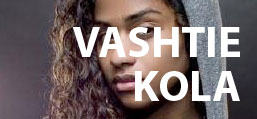
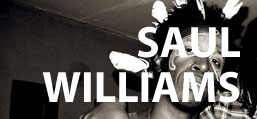
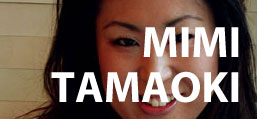
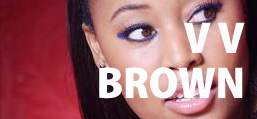
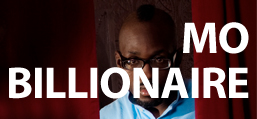
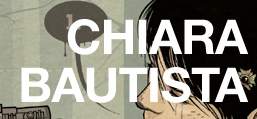
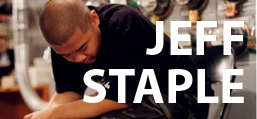
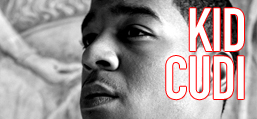


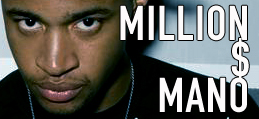
0 responses so far ↓
There are no comments yet...Kick things off by filling out the form below.